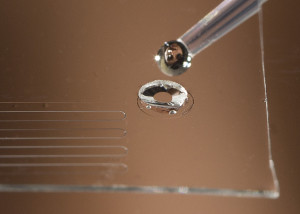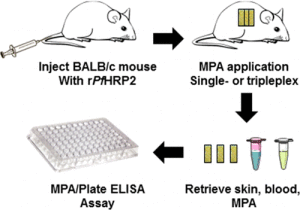New paper-based, point-of-care diagnostic tools could lead to improvements in device cost, weight, and flexibility. The recently developed SPEDs, or self-powered, paper-based electrochemical device, can detect biomarkers such as glucose and white blood cells, all while remaining easy to read for non-experts.
The Purdue University research team behind this project believes it could be applicable for patients in regions where access to sophisticated medical equipment is limited.
“You could consider this a portable laboratory that is just completely made out of paper, is inexpensive and can be disposed of through incineration,” says Ramses V. Martinez, an assistant professor of industrial and biomedical engineering at Purdue University. “We hope these devices will serve untrained people located in remote villages or military bases to test for a variety of diseases without requiring any source of electricity, clean water, or additional equipment.”



